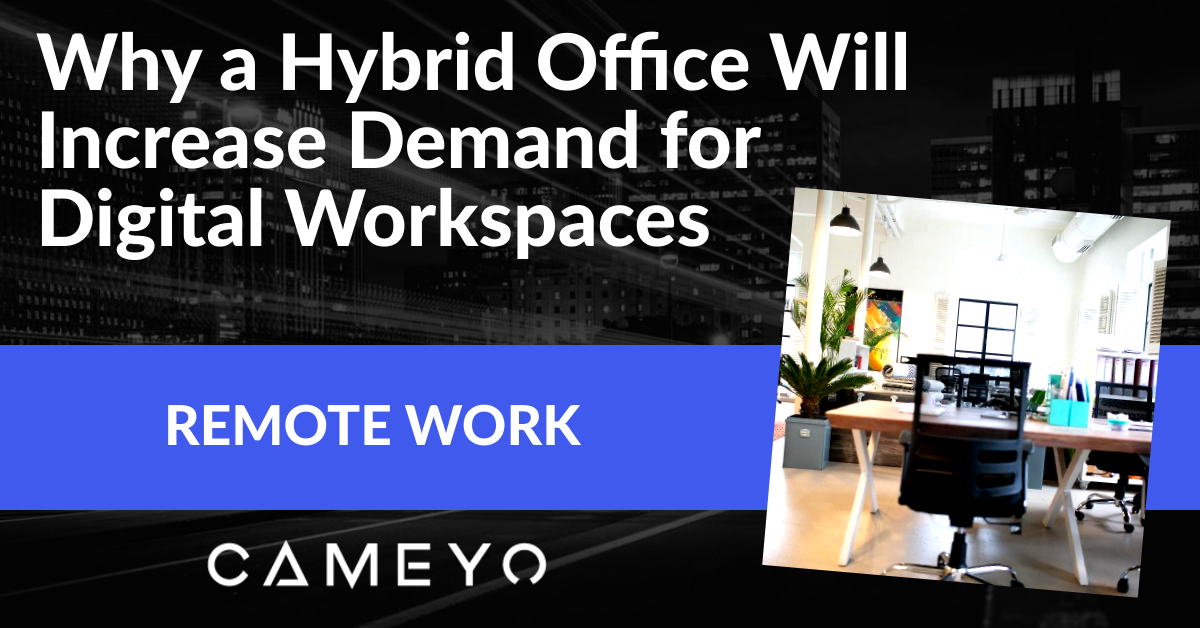Like most things in 2020, the unpredictability caused by COVID-19 prompted many large companies to revise their near-term plans. In a recent e-mail, the CEO of Google—or rather Alphabet, its parent company—told employees that the company would be delaying their return to the office by a couple of months. The new anticipated return date is September 2021.
News of the postponement also came with news of changes to their workplace approach. Instead of a full-scale return to the office, Google would instead be adopting a “flexible workweek” pilot plan. Employees would be expected to be in the office at least three days per week (dubbed “collaboration days”) and work from home the other two.
Of course, Google isn’t the only company that’s embracing the idea of the “new normal” and treating the pandemic as an opportunity to rethink the status quo. Back in August, a Mercer survey found that 83% of companies were considering expanding their implementation of flexible work environments over pre-pandemic levels. A full 73% of the survey’s respondents intended to evolve toward a mix of in-office and remote work.
A perfect storm with digital workspaces at its center
This kind of major cultural shift across the enterprise isn’t something that just comes out of nowhere. It requires a perfect storm of circumstance, vision and resources.
And while the current shift was no doubt accelerated by the pandemic, the technology also has to exist to support it. That’s why there’s been a boom in demand for virtual app delivery, desktop-as-a-service (DaaS) and virtual desktop technologies. Solutions like these have made it possible for companies to contemplate the move to hybrid workplaces in the first place.
The post-pandemic adoption of permanent hybrid models also shows how pivotal these solutions will be in the future. Employees will need to be able to transition seamlessly from remote to in-office work. To ensure uninterrupted productivity, they’ll need to have a workflow and user experience that are consistent across any location: a unified digital workspace, regardless of environment.
Seamlessness and security through virtual application delivery
A digital workspace based on virtual application delivery offers that essential mix of consistency and flexibility. It’s a way for organizations to easily provide employees with the apps they need—wherever and whenever they need them.
When virtual application delivery is done right:
- There’s reduced administrative overhead. Provisioning employees with business-critical software is less work because management is simpler. There are fewer moving parts, which streamlines deployment and configuration.
- Remote workers find it to be transparent and convenient. Access to their apps is always a few clicks away. It doesn’t involve downloading a bunch of software clients or carrying out complicated VPN-style login procedures.
- It’s secure. Not having to rely on a VPN or throw open the doors to the company’s internal network helps to mitigate risk. Apps are provided via an HTML5 browser session.
- Infrastructure shrinks as scalability increases. Compared to conventional digital workspaces like VDI, virtual application delivery is cloud-native and seamlessly scales to support large, dynamic user pools.
With virtual application delivery, employees can switch fluidly between in-office and remote work because the way they access their business-critical applications doesn’t change. Although their devices and surroundings might vary, their workflows remain the same. And that consistency and simplicity is as true for modern software as it is for legacy Windows applications.
Digital workspaces will continue to bolster hybrid workplaces
As with any transformational shift, cause and effect can become mutually reinforcing. The evolution of the workplace toward hybrid models will only end up increasing demand for the technologies that are making that evolution possible. IT staff as well as employees will come to expect access to the same kinds of digital workspaces that are empowering large companies’ remote workforces and enabling them to remain productive as they segue between the company office and the home office.
Cameyo’s virtual application delivery platform is a user-friendly, secure, cost-effective and scalable way to meet those expectations. Start today with your free trial of Cameyo and create a foundation that your hybrid workplace can build on for years to come.
